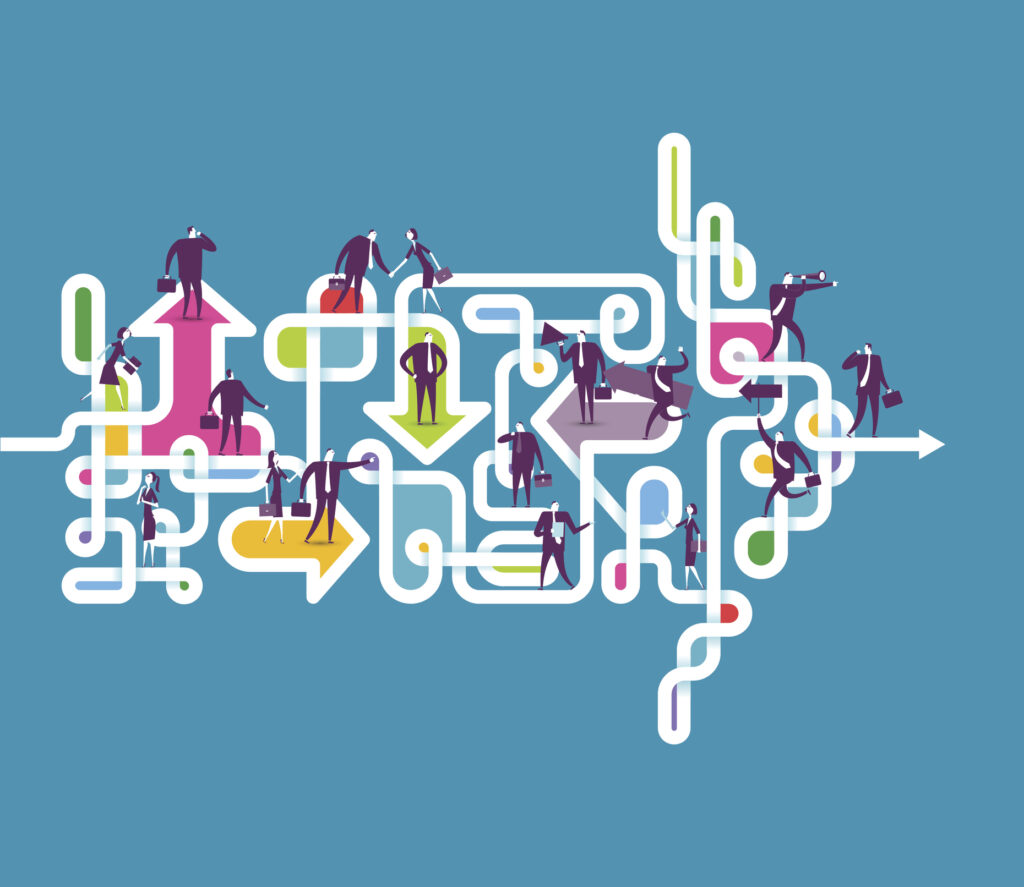Having not long returned from UNLEASH, we’ve been enlightened and motivated by fresh perspectives, inspiring calls for action and a better grasp on the fast-moving HR tech vendor space.
Here are just a couple of takeaways from the two days…
(Disclaimer: we saw a fantastic host of sessions – and I’m sure we missed some great ones too. This is just a small flavour of the event.)
Two prominent market eruptions
From walking through the expo hall and glancing at the signage it became clear that employee experience is now a core focus in the HR tech marketplace. Indeed, it came as no surprise when Josh Bersin, who opened up day two of the conference with his usual HR tech update, claimed that “employee experience is the biggest buzzword invented since employee engagement” a few decades ago.
Talent acquisition and management technology solutions are also booming. On the recruitment side this stems from the fact that hiring employees with the right skills is harder than it has been in the past 50 years, Bersin pointed out.
In the talent management space, he argued that we’re seeing a whole new host of apps born out of a philosophical shift in how we manage our people. With distrust and political upheaval rife, leaders now need to be more ethical and transparent in their approach and to drive forward growth mindsets that create more career opportunities.
From lifelong careers to fragmented work
This changing perspective on career development leads nicely to exploring a powerful message that rung true in nearly every session we attended. To ensure a positive future for business, and wider society, HR must encourage its people to view their careers as an ongoing journey of development.
We know that the era of completing education in university or college, before starting a lifelong career in one industry, and then retiring, is long gone. As future of work strategist Heather McGowan highlighted in her session on day one, we’ve now moved away from education towards learning – and there is no end to learning.
In our lifetime we will work across multiple sectors in multiple roles, and will need to build up our skills along the way. Those who are graduating today are expected to have on average 17 jobs across five different sectors. What’s more, a number of those jobs don’t exist yet – the latest statistic being bandied around is 65%, however McGowan quipped that all statistics are made up, so we don’t know what the reality is here.
(Derek Newton’s article on ‘The Myth Of Jobs That Don’t Exist Yet’ is a good reminder of why we shouldn’t take these projections too seriously).
We should not view technology as the sole answer. Mindset change needs to be embedded into the workforce too.
What we do know is that we’re in a transitory phase, moving away from the traditional lifelong career towards a much more fragmented working life, which will require adaptability, new skills and behaviours and a sense of entrepreneurialism.
Employers, however, are not doing enough to support people through this shift. McGowan believes that we’re still training people to do jobs that are predictable, most of which will be automated in the future, if they have not already been. Instead, we need to prepare people for more complex work, where they can really add value.
“Our number one job is helping people adapt to change,” McGowan argued.
This will require development not so much in technical skills (the machines will be handling that), but in behavioural skills. Of most importance, according to the World Economic Forum, are complex problem solving, critical thinking and creativity.
‘Owning’ our development
Supporting this viewpoint, is Janina Kugal, CHRO of Siemens. In her session, she spoke of how the global corporation’s 380,000 strong workforce has been encouraged to take responsibility for their career development through the launch of an ‘Own your career’ initiative.
‘Job tagging’ is a key feature of the programme, giving employees the ability to tag themselves to another employee’s role that they are interested in pursuing. This is not to put those they tag at risk of their job, but to give HR an insight into the direction individuals would like to head in so that they can support them accordingly.
Why take such an approach to talent development, that puts the power into the hands of the employees? “People are people – they know what to bring to the table,” Kugal refreshingly asserted.
The acceleration of learning technology solutions
We can see then that HR and L&D need to transform their approach to employee development to prepare people and businesses for the future of work – but how exactly?
Astutely responding to the ever widening skills gap, the learning technology market has gone wild with new products. What’s more, it’s not all about learning experience platforms (LXPs), Bersin argued. There are now new tools to help you find and arrange content, tools to recommend adaptive content in the flow of work, digital adoption tools that assist individuals while learning, and the VR offering is growing healthily too.
We need to encourage employees to contribute little and often to their learning pot, just like we urge them to do with their pension pot.
The market is sprawling with new solutions, which is good to some degree, but it’s also leaving L&D buyers – who are trying to cut through the noise and establish what will drive value for them – somewhat confused.
What’s more, we should not view technology as the sole answer. Mindset change needs to be embedded into the workforce too.
“It’s not enough to just ‘buy an LXP’ and provide lots of content for self-discovery. L&D needs to bring together curated high-quality content, instructors and experts, the full range of developmental activities, and collaborative learning,” said Dr Mattias Reuter, global head of leadership excellence at Siemens, in an interview with HRZone ahead of UNLEASH.
“People need all of this, plus visible certificates and rewards for advancement. This results in a culture where people take ownership of their continuous learning and development.”
Nurturing a learning culture
Championing lifelong learning among your employees is key. We can integrate all the shiny, new technology that we want, but if we don’t have a workforce that is driven and committed to developing themselves we will not see results.
Developing a learning culture is no easy feat though (even defining a learning culture is difficult). There are few (if any) quick wins to transforming the whole narrative around people development – and getting to a point where our workforce is fully empowered to take responsibility and accountability for their learning journey will take time.
One avenue to go down could be recognition. “You can leverage recognition to drive any behaviour you would like,” Denise Willett of Achievers pointed out to me during a conversation at UNLEASH. “Once you have built a culture of recognition that becomes the fabric of the organisation, you can start to layer in anything you want” – including learning and development.
[cm_form form_id=’cm_65a14c3f5da64′]
“Learning is the new pension”
The UNLEASH World Conference cemented the fact that if businesses want to retain their best people, attract new talent and thrive in a highly automated world, they need to put learning at the top of their agenda.
The solution is not to simply ramp up the L&D budget, however. It’s about educating people on the transitional phase we’re in. It’s about changing mindsets on learning. It’s also about creating an environment in which people are motivated and inspired to develop themselves continuously.
If “learning is the new pension” as McGowan asserts, then we need to encourage employees to contribute little and often to their learning pot, just like we urge them to do with their pension pot.








